Interview With A Fig Grower: Justin Wahler
Want to see how someone grows figs in a 6b growing zone without an early start? How about some regenerative agriculture tips? Let’s take a look! 👀
We are continuing our series of written interviews with other fig growers from around the world. Today we have Justin Wahler with us telling us all about growing regeneratively in New York. I’ve appreciated his input on the effective use of natural cultivation techniques and know he’s striving for a paradigm shift in breaking through the well-meant but misguided beliefs that are common in the organic world of growing. Please welcome Justin!
Location and growing zone: New York, 6b
I'm Justin Wahler and I have a background in hospitality management. Lately, I've been working with a handful of fruit growers and a wine producer both in New York State and the state of Florida. We have experimented with new and more comprehensive approaches to regenerative agricultural practices, and even uncovered some of our own! My spare time is spent making pastries for my friends and family and I've even been known to make chocolates from time to time.
Today I grow fig trees in zone 6b, twenty miles east of the once great city of Niagara Falls—In the bucolic outskirts of the historic town of Lockport, NY, on the end of the "Underground Railroad" and also on the Niagara Wine Trail. My family used to have a large fig tree in the area which was lost to time, but what really got me started growing fig trees was a well-placed gift of a fig tree for my birthday one year.
My neighborhood is a bit unique, we have old apple orchards that are almost three hundred years old and some of the oldest Concord grape farms in New York state just across the road from us with vineyards and wine producers. When I started to talk with my neighbors, they seemed amazed at the idea that figs were being grown. They were not just interested but seemed thrilled by the idea of growing figs. It's been a great experience, and better than I had expected.
Today we have 76 or so of the top varieties in terms of taste. I expect to whittle them down to the top 10 with the idea of finding the varieties best for commercial production. There are hundreds of types of apples...but only a few in the minds of most people. The same is true with figs. I’m hoping for figs to be much more common and available in the near future. The idea is to have figs at the farm market as soon as possible.
How do you grow your figs and any tips?
I grow my fig trees in an approachable way with no greenhouse or grow room and almost never an early start. What you see from me, anyone should be able to achieve. All of my fig trees are in containers and by December 15th, they go into attached storage rooms for the winter until May, sometimes as late as May 19th.
Our trees get as much sunlight as I can give them. I used to use irrigation but my fruits suffered so now they are all hand-watered each according to their own needs. Fertilization is the same. My soil inputs have changed over the years from a pine bark mulch-based mix towards a more inorganic soil mix using pumice or zeolite chunks and granite sand for better root gas exchange. This is more like the volcanic environment that fig trees evolved in. The trees have shown the difference for sure.
Fish emulsion and liquid kelp are a must every season for our trees. Root drenches work well, but foliar spraying has been an even greater benefit to fruit quality. Other than those two, I wouldn't be caught without potassium silicate. I buy the powdered kind in bulk and water my figs with it every other watering. The end results are well-developed fruit set with vibrant colors, a denser texture to the pulp, and deeper flavor. There are some others such as chitin, malted barley extract with denatured yeast extract and aloe vera juice that are proven effective at facilitating better fruit quality.
Most other methods point to what they call "sustainability" with little or no claims of producing the best fruit possible. There is a stark lack of organic methods that speak to fruit quality and sustainable use. We are seeking new approaches and proven techniques that are to the scale of the backyard garden. We want to make regenerative agriculture more approachable for the small garden or backyard growers. Today there is a knowledge gap and almost no consideration for the average grower. Even though today regenerative gardening is not widely understood, that's about to change!
If I were to pass along a tip for fig production that is important, it is to limit the amount of figs on your trees. By June, I am picking off the extra figs when they are as small as possible, and I am doing this every week until the main crop ripens. This ensures the tree can do better at ripening fruit in a faster timeframe.
Yeast and barley extract for growing?
These are both foods that can be found online or made at home. The yeast extract as a food has substantially no particular adverse effect on the environment or human body, and is therefore suited to organic farming of plants. Using it gives an effect of improved taste along with other improvements in sensory qualities of the fruit. It has an effect of increasing the amino acid content of a plant. It can be used in conjunction with fertilizer and also used without it. For specific goals, like enhancing amino acids or chlorophyll, foliar applications are around 100–200 mg/L or one to two teaspoons per liter every 10 to 14 days. Denatured yeast can be made or bought as a food product.
Malted barley extract can also be found as food product. Among many beneficial minerals, it has is the rarely found manganese. Manganese plays a critical role in the photosynthetic process by aiding the oxygen-evolving complex in photosystem II. This can lead to healthier, more vigorous plants with improved fruit development. Also, manganese is a cofactor for many enzymes involved in carbohydrate and amino acid metabolism. This can enhance the overall energy efficiency of the plant, potentially leading to better fruit size and sweetness. Soil drench 2 to 4 tablespoons per gallon and one gallon typically treats 1000 to 2000 square feet. Apply every 2–4 weeks.
What is the most enjoyable and least enjoyable aspect of growing figs?
It's hard to pick just one aspect of growing desirable figs that makes me the most happy. If I had to pick one, it would be obviously giving figs and fig trees to elderly immigrants around my area who never thought they would ever taste a fresh fig again in their life. The look on their face is priceless.
The fig tree is also a symbol of unity, wholeness, and divine wisdom [to me.] The days of our lives when we are most aware of our connection to both the past and the future at the same instant... Growing fig trees can be full of these kinds of moments. Devotional gardening can be a way towards understanding who we are and what is expected of us.
The least enjoyable thing about figs is the competitive nature of collecting new and desirable fig varieties. When I started collecting figs, there were people turning fig growers in for not having a grower’s license to the zoning board and even to the USDA. Some even had their fig collections promptly confiscated. Bad blood leading to bad-mouthing and regional bias made collecting difficult at times. But tomorrow is a new dawn for fig production.
What are your most favorite and least favorite varieties?
When I began this project, the main question being discussed was, "Is Black Madeira truly the best tasting of the figs?" I wanted an answer to this question. Taste is subjective, but now I can say yes! There are other figs that I consider contenders for this title— Nuestra Señora del Carmen comes to mind, along with Smith, and Coll de Dama Blanca to name a few... there are even more I'm not mentioning here that I enjoy. I have only found one fig that I can't enjoy that much, even going as far as to spit it out....that would be Sucrette....the taste was good, but the texture is to me very starchy or even like paste. I just can't get one down, lol!
There are more than a few I am looking forward to trying. One of the main ones would be a fig called TNT. There isn't much information for me to go on except that it has a fruity flavor. I hope to compare it to Red Israel(KK) this season which is a truly amazing variety with a sophisticated fruit candy-like taste.
I hope to never stop growing fig trees and to be an old man under the shade of my fig trees. If for some reason that doesn't come about, knowing that I did my part to make "the world to come" a place with baskets full of figs and shaded with the heady scent of fig trees is enough to make this worthwhile!
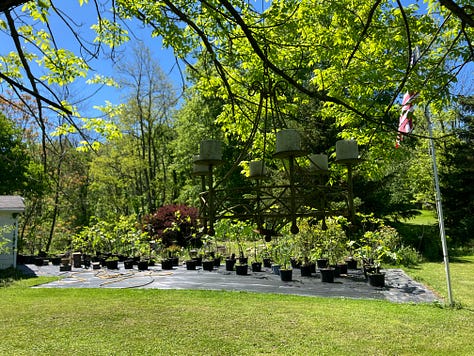

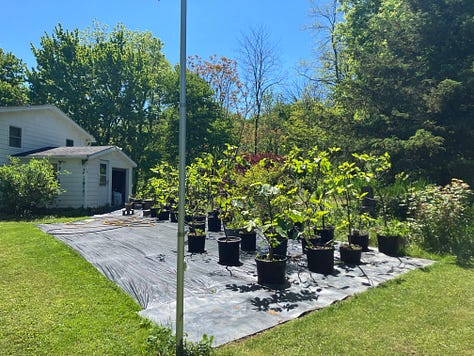

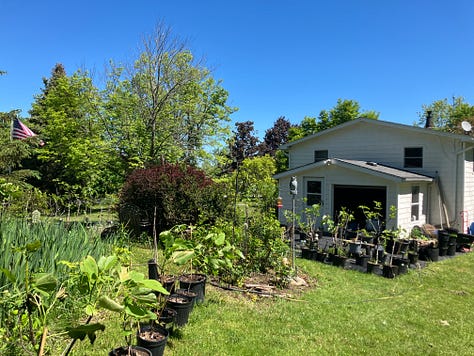
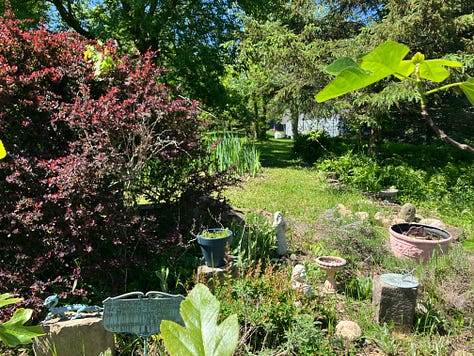




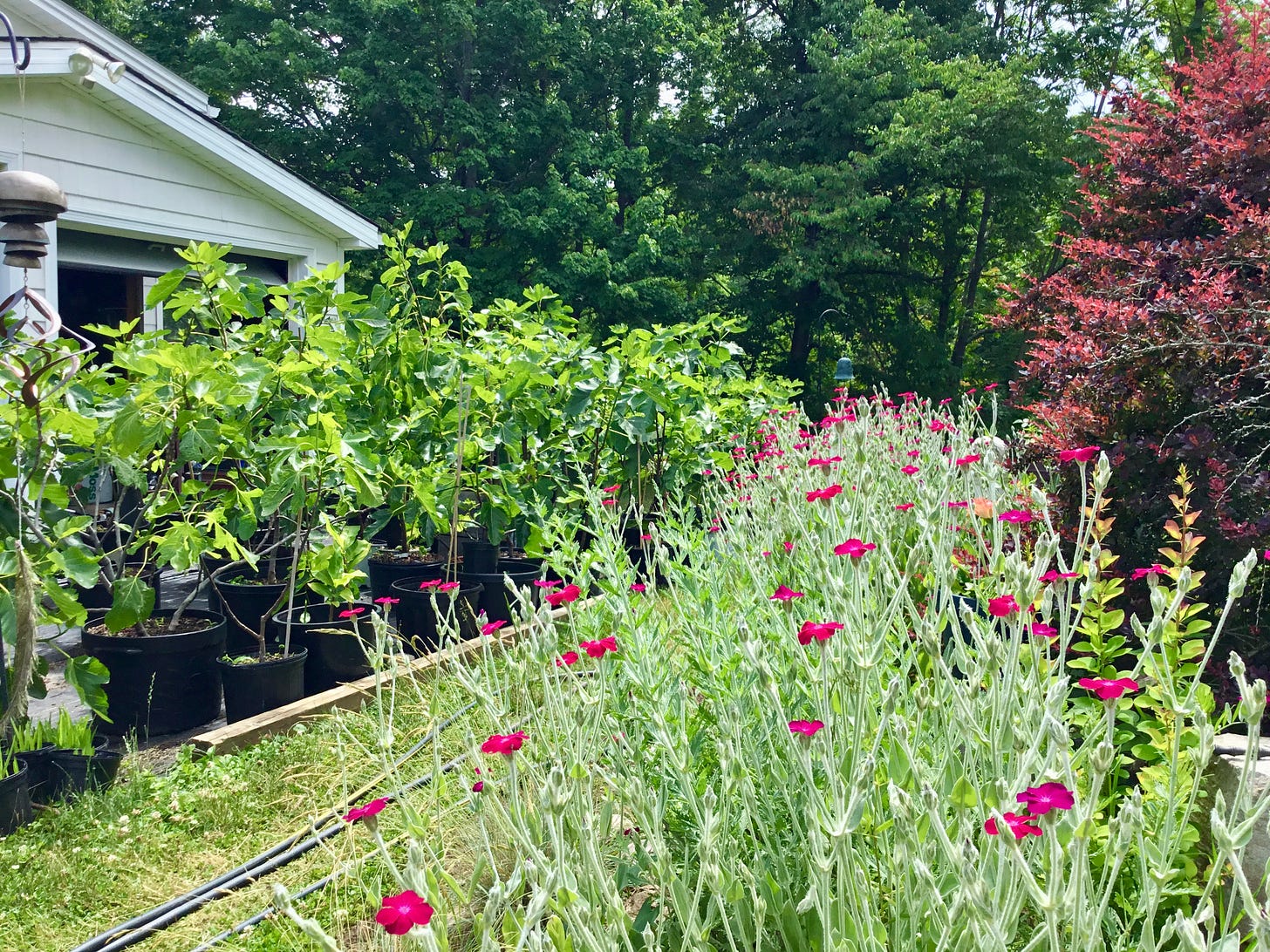
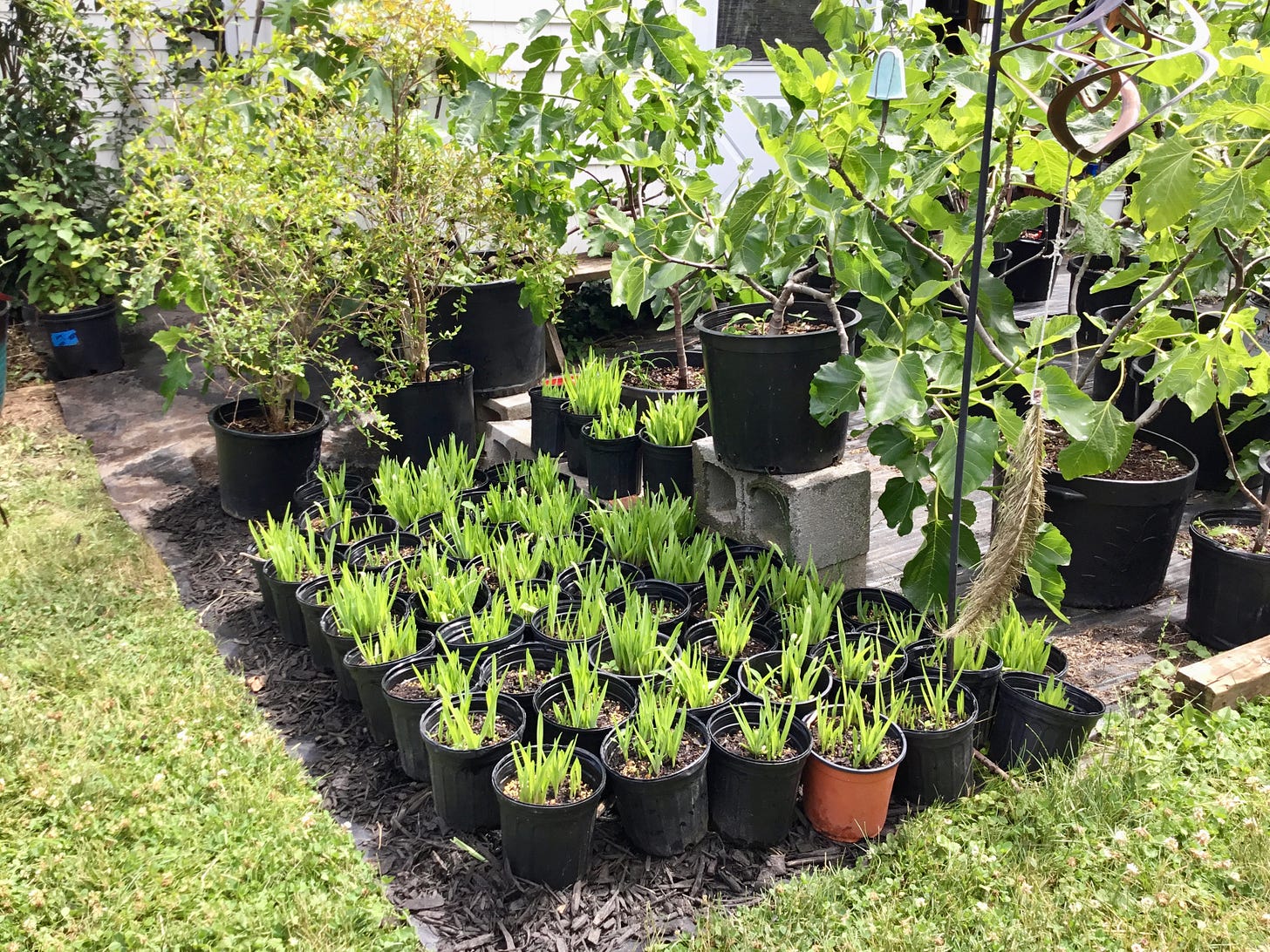
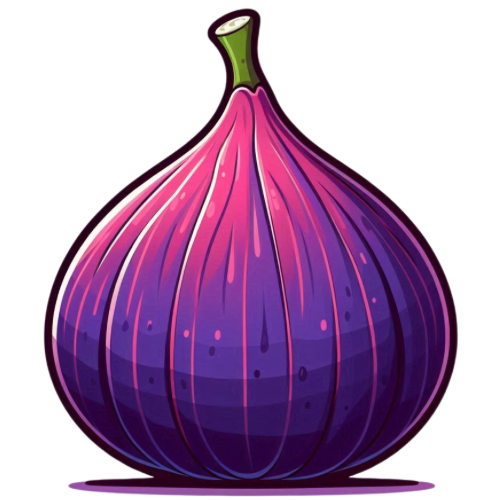
Another great interview/story which offers keen insight into different techniques to apply, in working within your environment's limitations. I took special note of the culling figlets as they emerge in June, as I've successfully used this technique with grapes; which yielded larger, sweeter tasting clusters and usually ripened ~2 weeks earlier. Never considered this technique for figs until now. Thanks Justin! And thank you Fig Jam -:)!
Love this! Reminds me of the Violette de Bordeaux Figs with calabrian chili oil & cured lardo recipe I adapted from California cuisine restaurant Rustic Canyon! check it out:
https://thesecretingredient.substack.com/p/get-rustic-canyons-recipe-violette